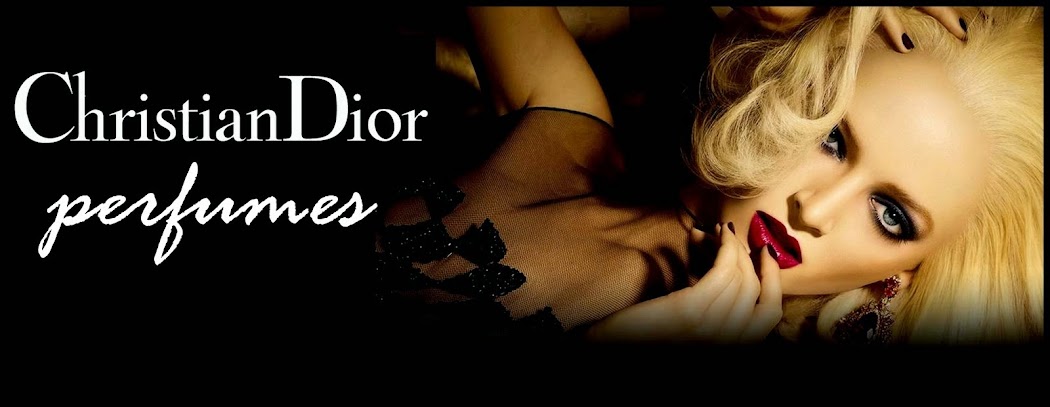Christian Dior launched "Miss Dior" in 1947, a pivotal period in post-World War II Europe and in the world of haute couture. Dior had just introduced his revolutionary "New Look" collection, which redefined fashion with its luxurious fabrics and feminine silhouettes, marking a return to elegance after the austerity of the war years. This era saw Paris reclaiming its status as the center of fashion innovation, with Dior at its forefront.
Dior chose "Miss Dior" as his debut fragrance for several compelling reasons. Firstly, the name itself reflected Dior's personal touch and his admiration for British culture, as it was a tribute to his younger sister, Catherine. This personal connection infused the fragrance with a sense of familial warmth and charm, appealing to consumers looking for sophistication and a hint of personal narrative in their perfume choices.
"Miss Dior" was also a strategic choice in line with Dior's branding strategy. By incorporating his name into the fragrance title, Dior aimed to create a cohesive brand identity across his fashion and perfume lines, reinforcing his vision of timeless elegance and luxury. The name evoked images of youthful sophistication and refinement, qualities that resonated deeply with the aspirations of post-war women eager to embrace beauty and grace amidst recovery.














